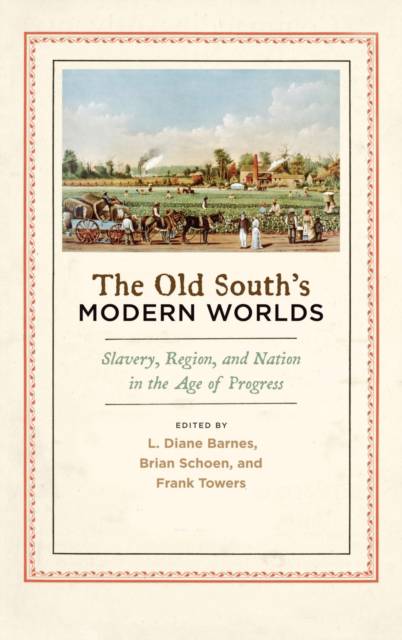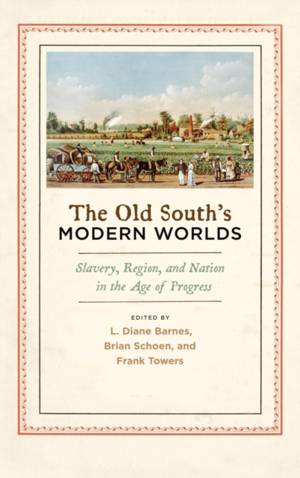
- Afhalen na 1 uur in een winkel met voorraad
- Gratis thuislevering in België vanaf € 30
- Ruim aanbod met 7 miljoen producten
- Afhalen na 1 uur in een winkel met voorraad
- Gratis thuislevering in België vanaf € 30
- Ruim aanbod met 7 miljoen producten
Zoeken
The Old South's Modern Worlds
Slavery, Region, and Nation in the Age of Progress
Barnes
Hardcover | Engels
€ 164,45
+ 328 punten
Omschrijving
The Old South has traditionally been portrayed as an insular and backward-looking society. The Old South's Modern Worlds looks beyond this myth to identify some of the many ways that antebellum southerners were enmeshed in the modernizing trends of their time. The essays gathered in this volume not only tell unexpected narratives of the Old South, they also explore the compatibility of slavery-the defining feature of antebellum southern life-with cultural and material markers of modernity such as moral reform, cities, and industry. Considered as proponents of American manifest destiny, for example, antebellum southern politicians look more like nationalists and less like separatists. Though situated within distinct communities, Southerners'-white, black, and red-participated in and responded to movements global in scope and transformative in effect. The turmoil that changes in Asian and European agriculture wrought among southern staple producers shows the interconnections
between seemingly isolated southern farms and markets in distant lands. Deprovincializing the antebellum South, The Old South's Modern Worlds illuminates a diverse region both shaped by and contributing to the complex transformations of the nineteenth-century world.
between seemingly isolated southern farms and markets in distant lands. Deprovincializing the antebellum South, The Old South's Modern Worlds illuminates a diverse region both shaped by and contributing to the complex transformations of the nineteenth-century world.
Alleen bij Standaard Boekhandel
+ 328 punten op je klantenkaart van Standaard Boekhandel
Beoordelingen
We publiceren alleen reviews die voldoen aan de voorwaarden voor reviews. Bekijk onze voorwaarden voor reviews.












